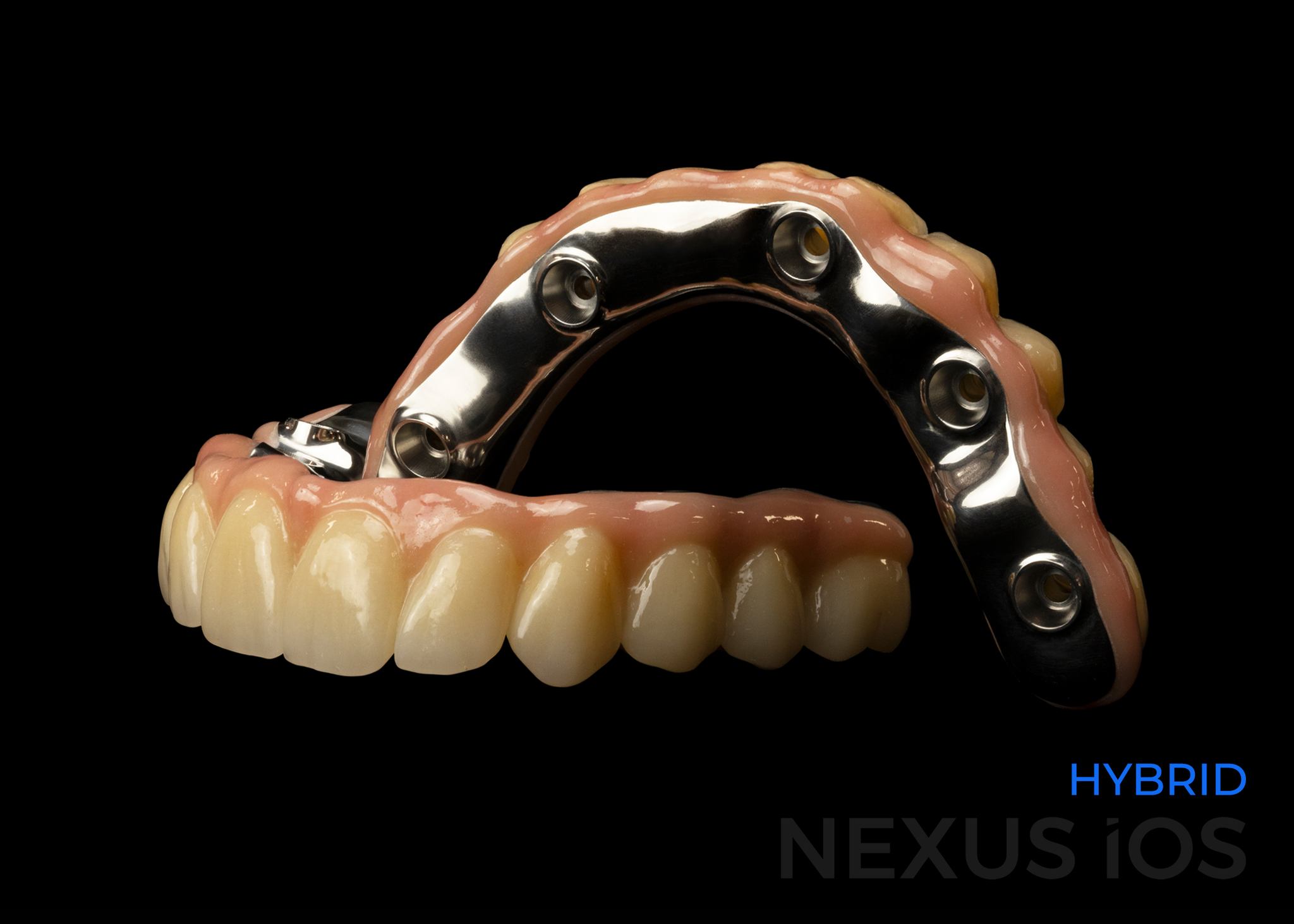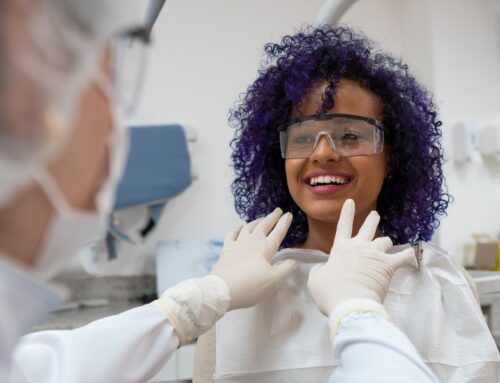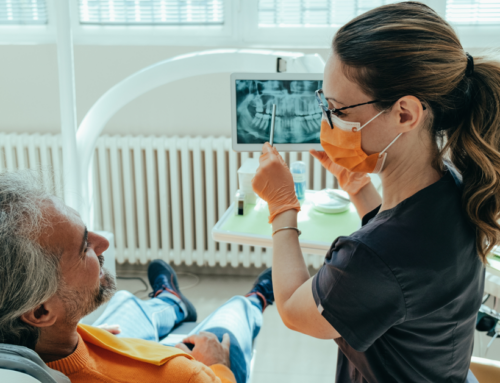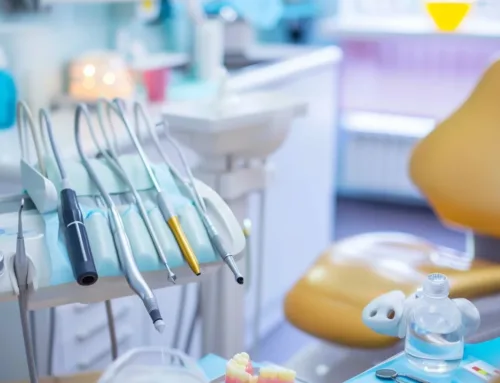Technology Trends and Innovations Shaping Dentistry in 2024
When you sit in the chair during a typical dental checkup, you might find yourself casually looking around the room at all the different tools and technologies. Dental clinic technology has evolved dramatically as new processes and techniques have been developed over the years, and this evolution continues to move forward. In 2024, there will be many significant advancements in dental technology that patients should know about.
Staying informed on recent trends in the dental industry can have notable benefits on how you approach your own oral health care. This will help you understand the purpose of the various dental technologies that are present in a typical dental clinic, as well as of the benefits they provide as part of your dental care. Better knowledge of dental tools, techniques, and methods can help you have a more profound discussion with your dentist and hygienist on the procedures that are being recommended to you, and what outcomes you can expect from them.
To this end, we’ve compiled this list of some of the most prominent trends in dental tools and technologies that have emerged recently and are continuing to make waves in the dental care industry as we move into 2024. Let’s begin with a trend that may not be about a specific type of technology, but will certainly affect the types of technologies that you will find in a typical Canadian dental clinic in the near future.
How the State of the Economy Affects Dentistry & Technology
Trends in the Canadian economy can have a significant impact on the dental care industry. As dental health care costs are not covered to nearly the same extent under public health care systems in Canada as other medical needs, it falls to private insurance companies or the patients themselves to cover the costs associated with dental treatments. During times of booming economic growth, when the average Canadian has more disposable income, dental clinics typically see a corresponding surge in demand for dental care services. This surge in demand spurs clinics to invest in new technologies and advanced procedures to offer patients a wider range of services, such as cosmetic dental procedures, restorative dental treatments, and more.
On the flip side, when the economy slumps and saving money carries greater urgency for the average Canadian, many individuals may scale back on dental care appointments and focus on the basics. In response, many clinics may choose to adapt their internal processes to streamline patient flow, increase efficiencies, and lower operating costs. These optimizations may include things like investing in new tools and technologies that allow the clinic to do more with less, bringing certain processes in-house instead of contracting out to third-party labs, or other such changes. In either case, economic factors will definitely push dental clinics to adopt new technologies in response to changing patient needs and business conditions.
Nexus iOS Implant Prosthetics
The Nexus iOS system is a first-of-its-kind digital full-arch restorative solution. Their patented system allows us to capture implant positions accurately using our dental scanning tool, and special Nexus scan gauges. Files are then uploaded to the Nexus system, and we work with their designers to customize your implants exactly as we’ve reviewed during your consults. This technology eliminates 2 clinic visits and eliminates errors and inaccuracies often associated with conventional impressions. This saves you money, and provides much better results.
Advantages of AI in Dentistry
You can’t seem to turn anywhere these days without seeing some mention of AI in the news or on social media. In some industries it is causing quite the stir, such as the controversy surrounding the use of AI in the production of art and entertainment. In other business sectors, the adoption of AI technology is flying a little more under-the-radar as it helps to improve efficiencies of operational tasks and automate processes to save time.
In the world of dentistry, AI has begun to be leveraged in diagnostics, providing predictive analytics and identifying anomalies that can help dentists deliver more accurate diagnoses and streamlined treatment plans for patients. Using databases of hundreds of thousands of dental case records, AI algorithms can rapidly analyze patterns and anomalies so that dentists can spend less time crunching numbers, allowing more focus on planning the most effective course of treatment.
New Dental Techniques for Using 3D Printing
3D printing has been helping dentists provide enhanced care for patients for several years, but the adoption of this technology is set to skyrocket in 2024 and beyond. Many dentists have already been leveraging 3D printing equipment to create custom-designed tools, patient-specific templates, surgical guides, prosthetic fabrication, and more. By allowing dentists to create virtually any shape or design imaginable, 3D printers have enabled patients to receive better and more personalized treatment outcomes that would not otherwise be possible.
3D printing is also surging in demand among dental labs, particularly those that create orthodontic aligners and custom mouth trays. The smaller chairside 3D printers typically found in dental clinics are not able to achieve the same production efficiency as the high-capacity equipment being implemented at dental labs. With all the necessary configuration and design data transmitted digitally from the clinic to the lab, production can begin immediately. Due to the high volumes of products created at dental labs, material and production costs associated with 3D printing can be significantly reduced.
Remote Dentistry and Virtual Dental Care
During the years of the pandemic, remote work and virtual learning rapidly became the reality for people around the world. By the time the world began to return to somewhat-normal, these trends had become so firmly established in many different industries that they continue to persist. In some cases, remote access has essentially become the new standard. For dentistry, remote connection technologies have proven quite beneficial by providing patients the ability to obtain consultations, guidance, and advice from dental professionals with flexibility and convenience.
Rather than book an appointment at a clinic to speak with a dentist about routine concerns or provide updates on treatment progress, patients can easily connect remotely using video-conference and tele-conference tools to achieve the same outcome. This has the benefit of saving time for the patient and clinic staff alike, allowing dentist offices to service more patients with greater efficiency. In the event that a physical appointment is determined to be necessary, they can easily be booked during an online meeting to arrange for follow-up visits in the clinic.
Innovations in Dental Aligner & Mouthguard Materials
In addition to these evolutions in technologies and communications tools, there have also been advancements in the materials used in many dental care applications. For example, composite materials are often used to create such items as dental retainers, dental mouthguards, and orthodontic aligners. Recently, innovations in composite materials have resulted in dental appliances like these that will resist bacterial growth. This helps patients keep their appliances cleaner and reduce the presence of bacteria for the benefit of the health of their mouth.
Similarly, there have also been innovations in bioactive materials that have the benefits of being able to aid in the remineralization of enamel and reinforcement of the structural integrity of teeth. Certain types of bioactive resins and bioactive glass have been shown to enhance the results of restorative dental procedures when in contact with natural tooth enamel. When incorporated into various dental composite materials, these particles can have a noticeable long-term benefit on the oral health of patients and help ward off tooth decay with greater effectiveness.
Progressing Research into Tooth Regrowth Treatments
It may seem like science fiction, but research has advanced recently that could lead to the development of a process to regrow missing teeth. Missing teeth can have significant long-term harmful health effects, so it’s vital that patients receive treatment as promptly as possible. Currently, missing teeth can be replaced with a variety of methods, including dental bridges, dental implants, implant-supported dentures, and the all-on-4 full-mouth restoration procedure. However, in the future patients may simply undergo a medical process that will cause a completely natural tooth to be grown to replace the missing tooth. Although the development of this concept is still in the early stages of research and experimentation, the science has so far shown great promise. In fact, clinical trials of tooth regrowth drugs are expected to begin in 2024.
Want to Learn More About Advanced Dental Technology, Treatments, and Procedures?
Curious to find out more about dental tools, technologies and treatments like these? The best thing to do is to contact the team at Georgian Dental today and book your next appointment with us! During your visit, we will be glad to answer any questions you may have about what the future of your dental care might look like, as well as provide recommendations on what you can do right now to improve your oral health and well-being. We look forward to your next visit!
Appointment Request
If you’re interested in any of our procedures, and would like to meet with one of our dentists to discuss options, costs and get additional information, complete this short form and we’ll give you a call to arrange for a no-obligation appointment at our Barrie clinic.










